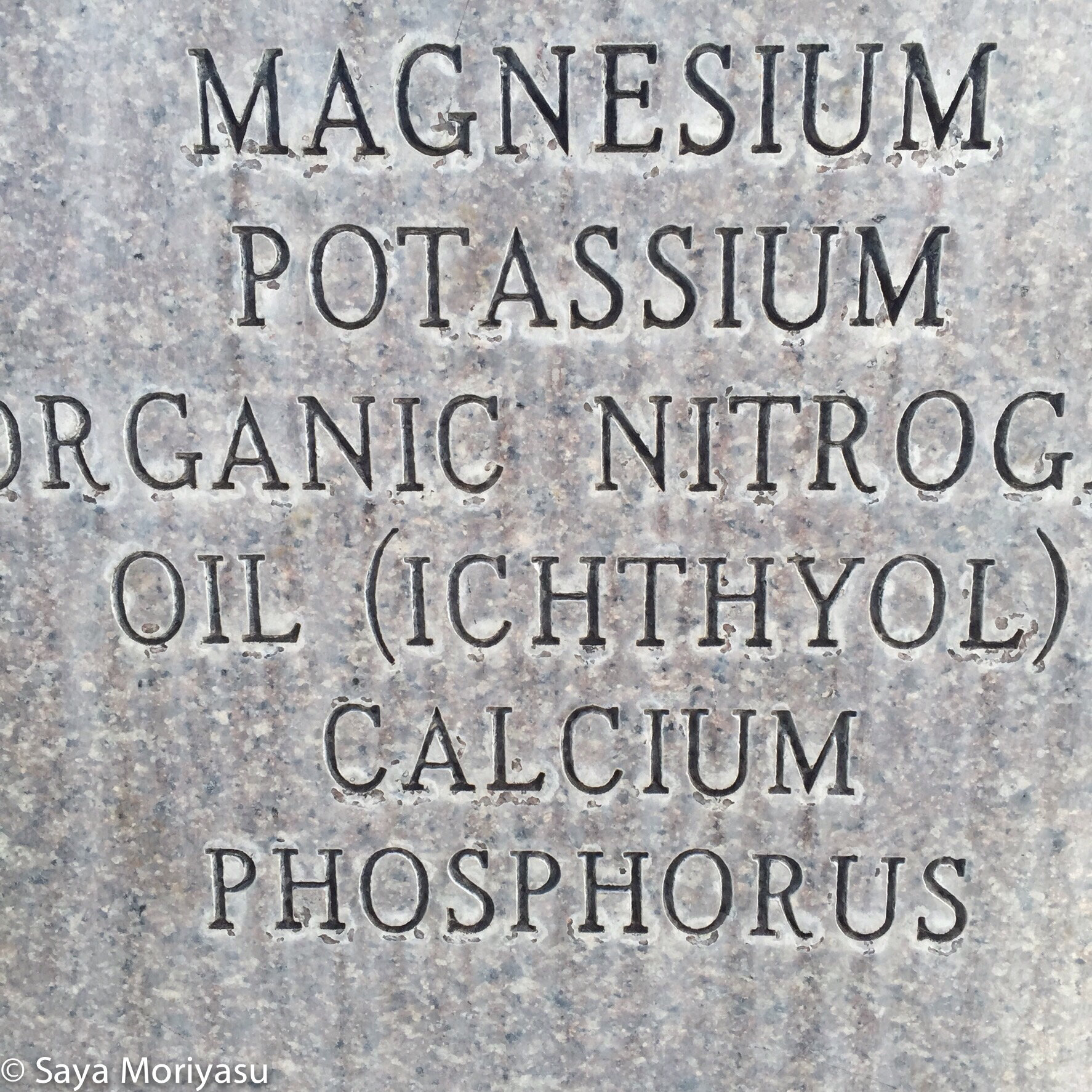
Mineral Studies
The Sulfur level in the water can cause some people a reaction on their skin. This article shows an allergy to sulfur.
Please consult your doctor should symptoms arise.
Soap Lake has few inhabitants (none of them bite) and lots of minerals.
Soap Lake is a meromictic lake, meaning that there are two levels to the lake. You can study the differences between the two layers in the charts below. It is exceptionally rare that the layers mix due to natural causes since the bottom layer resides at a very deep level. Allowing churning through the use of Motor craft or other unnatural techniques must be avoided since unique and sensitive microorganisms exist at the boundary and cannot persist if changes occur. Soap Lake contains specialized organisms, some of which are found nowhere else on Earth
The lake gets its name from the foam that forms on the shore and the soapy feeling that the water has when you touch it. The minerals give the water a slippery feeling.
The high concentration of minerals is a result of the ice age floods or the Great Missoula Flood that formed the landscape we see today.
Soap Lake is the last of in a chain of lakes causing leading to higher mineral concentrations. Some springs bring freshwater into the lake.
The Conservancy works to preserve the mineral content and quality of the water. Dilution from the irrigation canal, extractions of mineral water, and pollution threaten the health of the lake.
The deepest waters of Soap Lake have not mixed with the upper layer for at least 2,000 years. That is among the longest documented stratification of any lake on earth. (profile graphic by Andy Kovach) SLC is deeply concerned about the Monimolimnion Layer.
2002 Scrapbook from Saline Lakes Science Conference and SLC newsletters - click on photo to open scrapbook
The foam forms due to winds agitating the mineral rich water.
Page 97 of The Northwest Mining Review 1892 Found from a Google book scan https://www.google.com/books/edition/The_Northwest_Mining_Review/E4U2AQAAIAAJ?dq=soap%20lake%20mineral%20extraction&gbpv=1&hl=en&pg=PA95&printsec=frontcover
1936 Chemical Analysis of Soap Lake Water (courtesy Gene W.)
O. A. Anderberg's Mud Bath made at State College in Pullman (courtesy Gene W.)
Formerly on the exterior of Marina's Opera House on Main Street in Soap Lake
(courtesy Gene W.) This photo of volcanic ash with an electron microscope shows specks of minerals on the volcanic ash. The white soils around Soap Lake are from volcanic sources (Ellensburg formation?). Are the Soap Lake minerals from volcanic soils?
Forgotten Water Samples Reveal 50-Year History of Soap Lake - March 2014 article













